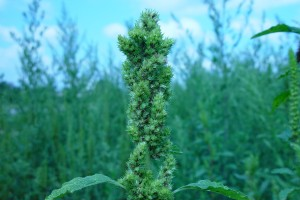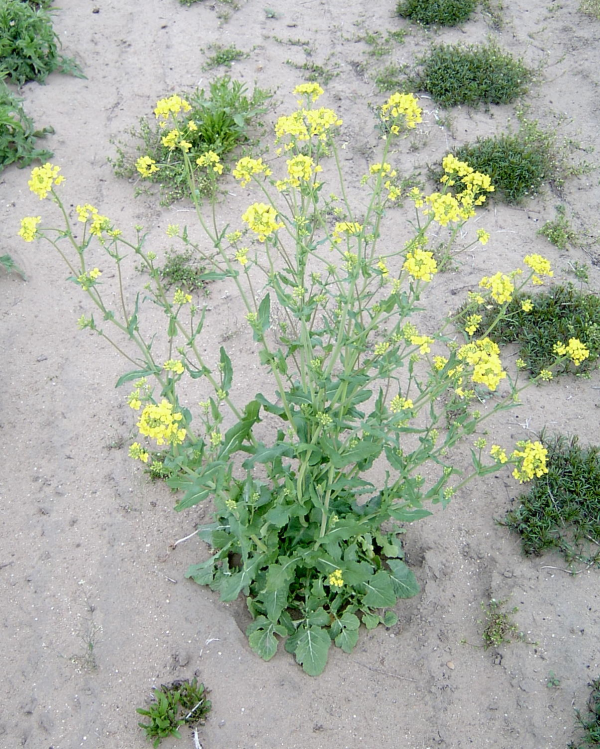
Wild mustard – Sinapis arvensis
Sinapis arvensis L.
Brassicaceae (Mustard family)
MI Status
Non-native
Life cycle
Erect winter or summer annual.
Leaves
Seedlings have smooth, kidney-shaped cotyledons and prominently veined, bristly hairy leaves that initially develop from a basal rosette. Lower leaves are irregularly lobed and toothed with petioles; upper leaves are alternate, stalkless to short-stalked with coarsely toothed margins and pointed tips, gradually becoming smaller toward the top.
Stems
Erect, up to 3-foot-tall stems bolt from a basal rosette to flower. Stems are bristly hairy at the base, often branched and nearly hairless at the top.
Flowers and fruit
Bright yellow flowers with four petals are found in terminal clusters. Fruit are 1- to 2-inch-long, cylinder-shaped capsules with a four-angled beak at the tip that contain round, black to purple seeds.
Reproduction
Seeds.
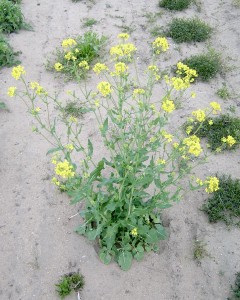
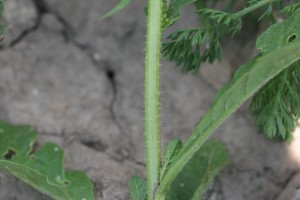
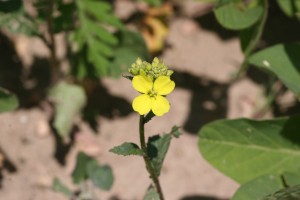
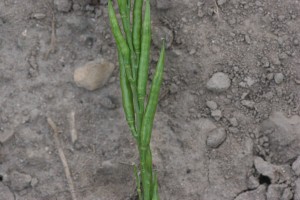
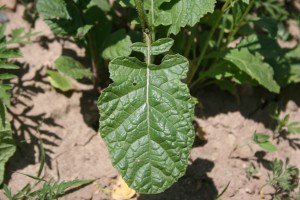
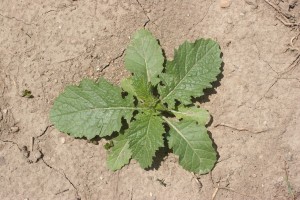
Other Documents in this Series
You Might Also Be Interested In
Accessibility Questions:
For questions about accessibility and/or if you need additional accommodations for a specific document, please send an email to ANR Communications & Marketing at anrcommunications@anr.msu.edu.



 Print
Print Email
Email